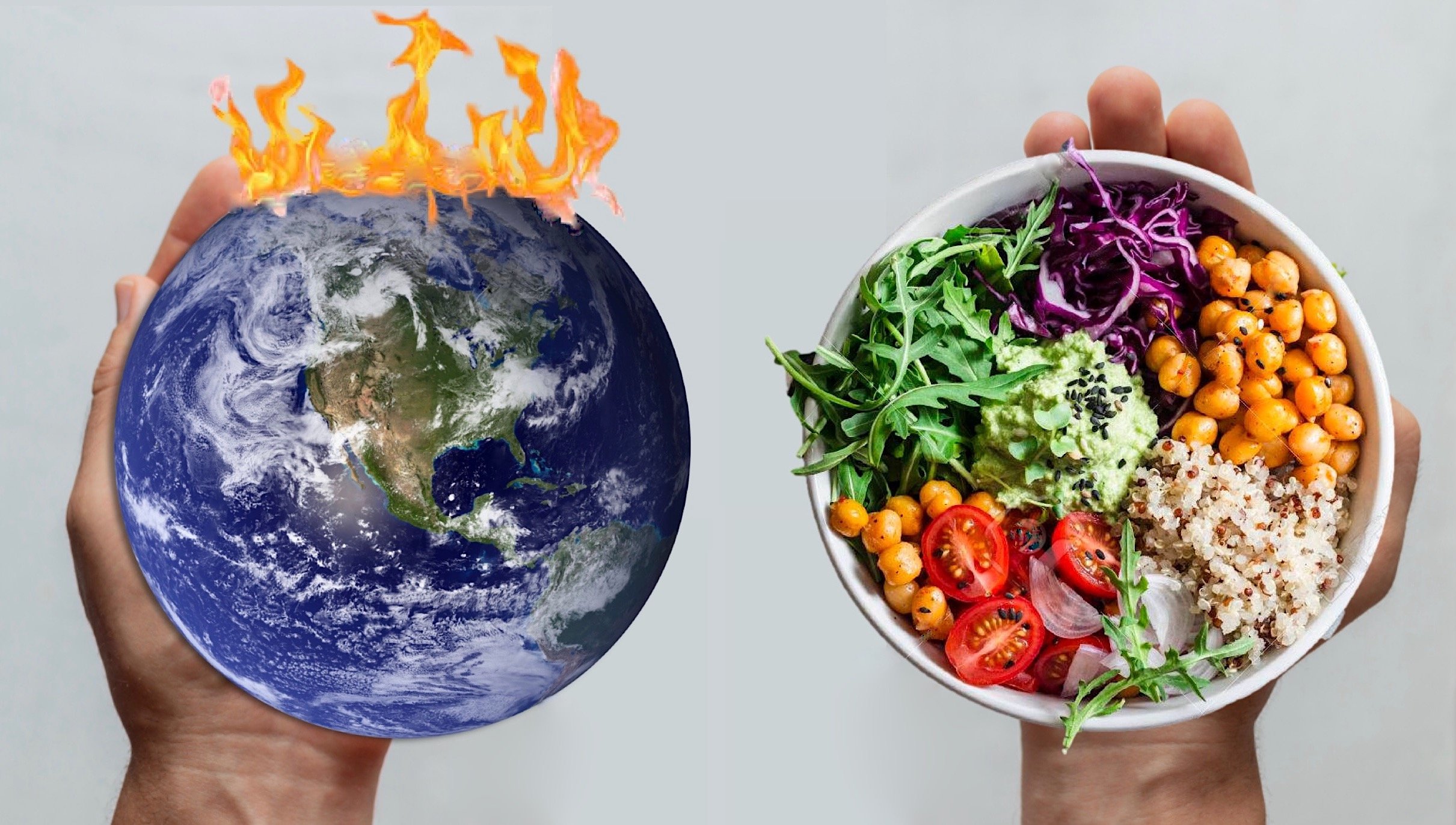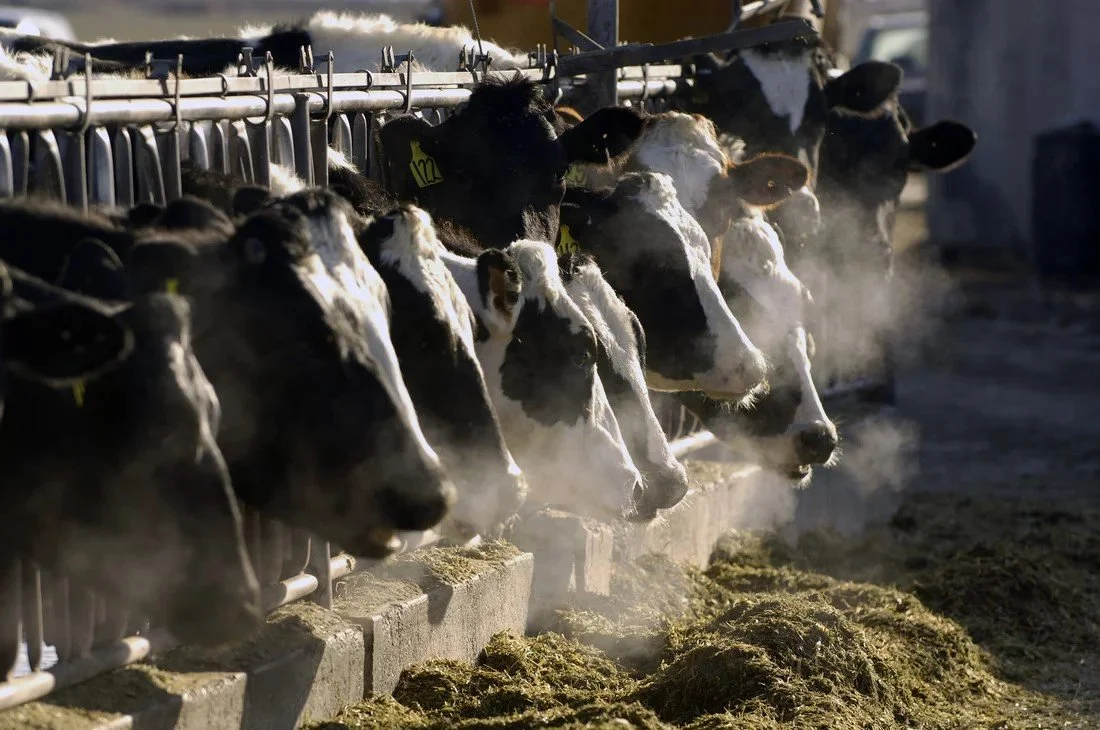
Climate Change
Deforestation, Biodiversity Loss, and Pollution
Americans eat 3x more meat than the average of the rest of the world, contribution not only to health problems but also to deforestation and biodiversity loss worldwide.
The largest driver of deforestation is animal agriculture: Clearing land to graze cattle, or to grow crops to feed to cattle.
Animal agriculture also contributes to deadly air pollution and water pollution, and is a leading cause of emerging infectious diseases.
Non-human Animals
About 100 billion factory farmed land animals and between 39 to 216 billion factory farmed fish are slaughtered every year for human consumption.
As individuals choose not to consume animal products, the demand for industries that use animals for food, clothing, and other purposes is reduced.
It is estimated that going vegan saves an average of one animal per day.
Greenhouse Gas Emissions
Most climate activism focuses on the burning of fossil fuels, but the impact of human consumption of meat and dairy on climate change is often overlooked.
Raising animals for food is a major driver of climate change:
Greenhouse gas emissions from livestock make up between 11 and 20% of the global total, and climate scientists have been warning for years that we are unlikely to meet our goal of limiting global warming to 1.5 degrees Celsius without reducing consumption of meat and dairy.
Cows emit methane, and methane is 80 times more powerful in warming the atmosphere than carbon dioxide for the first 20 years after it produced.


